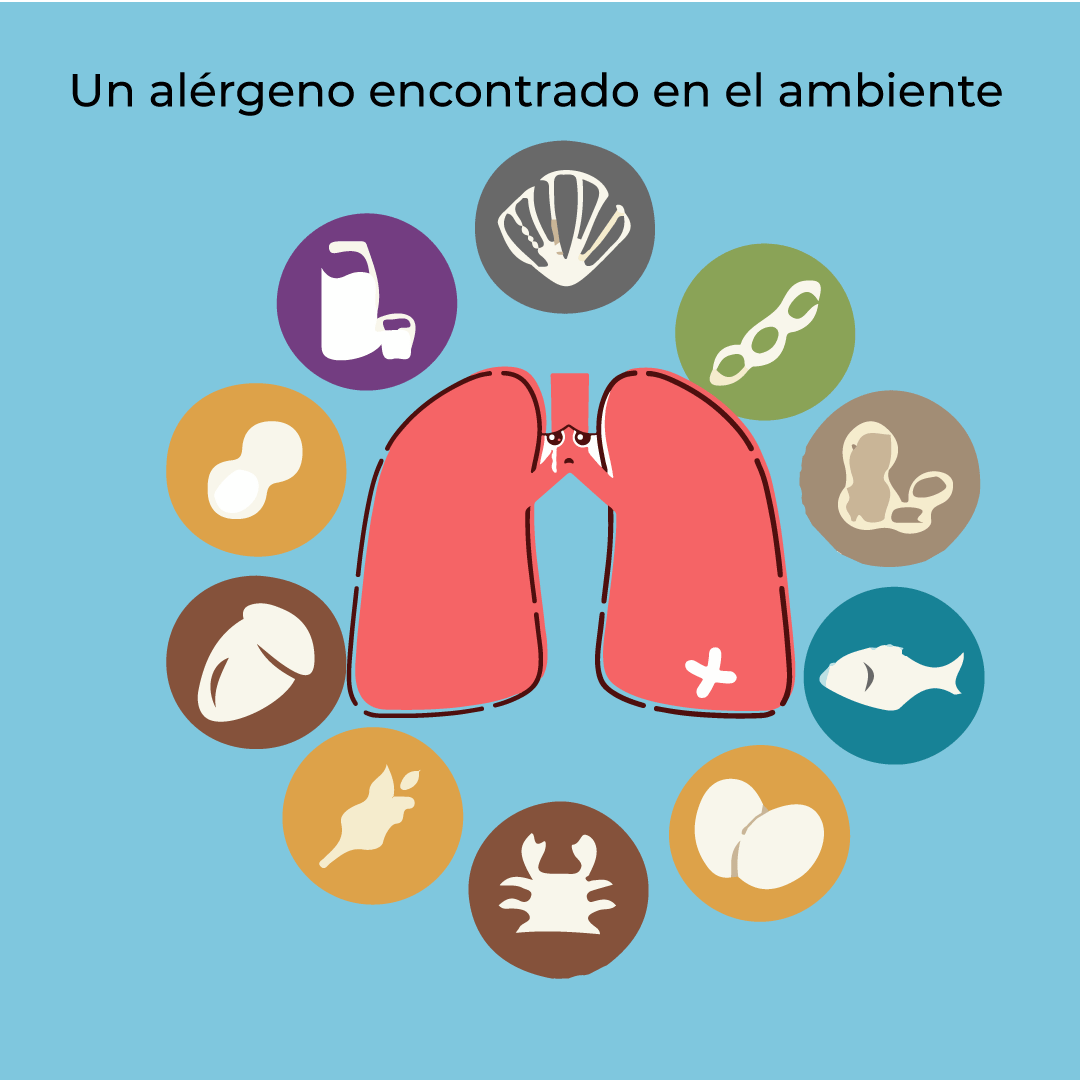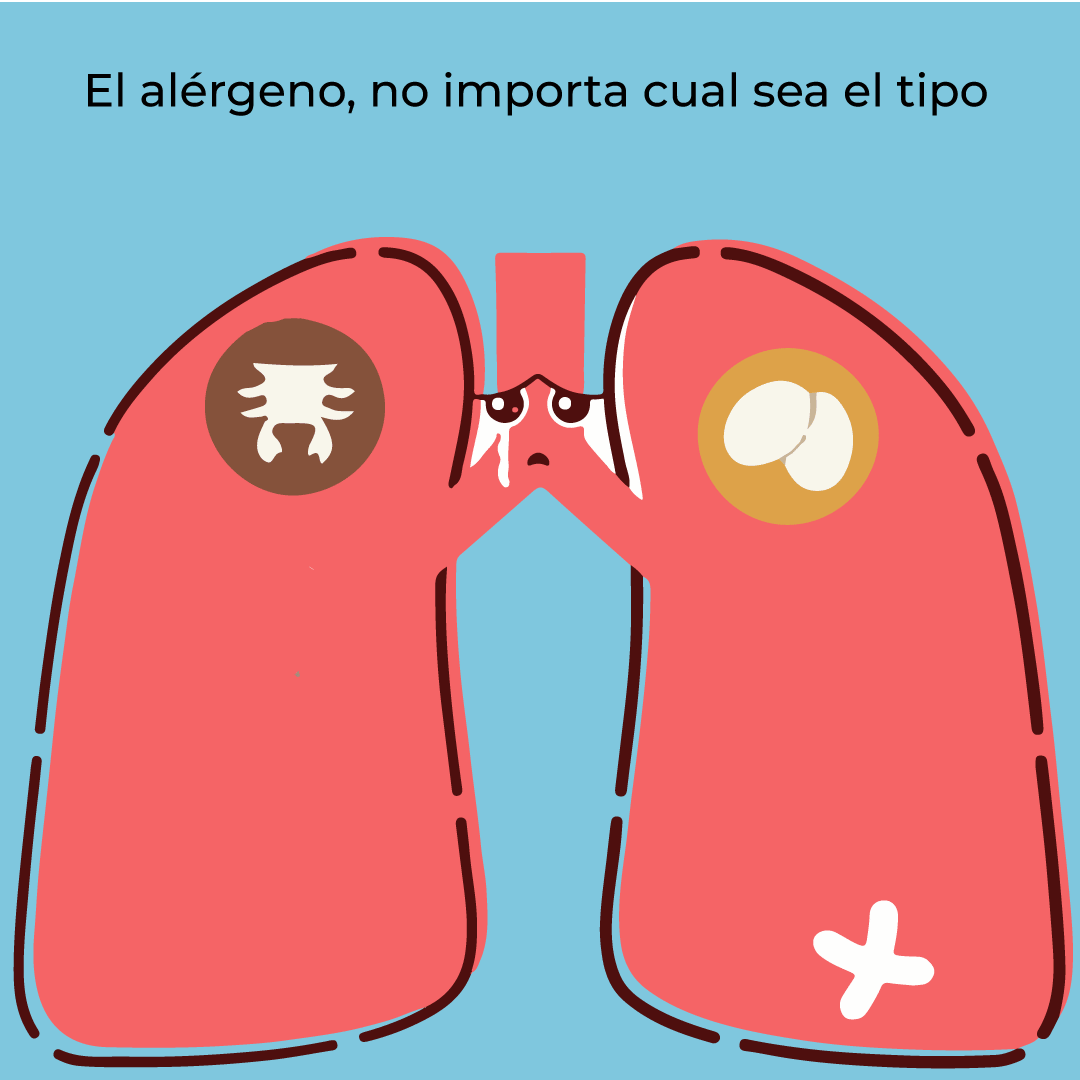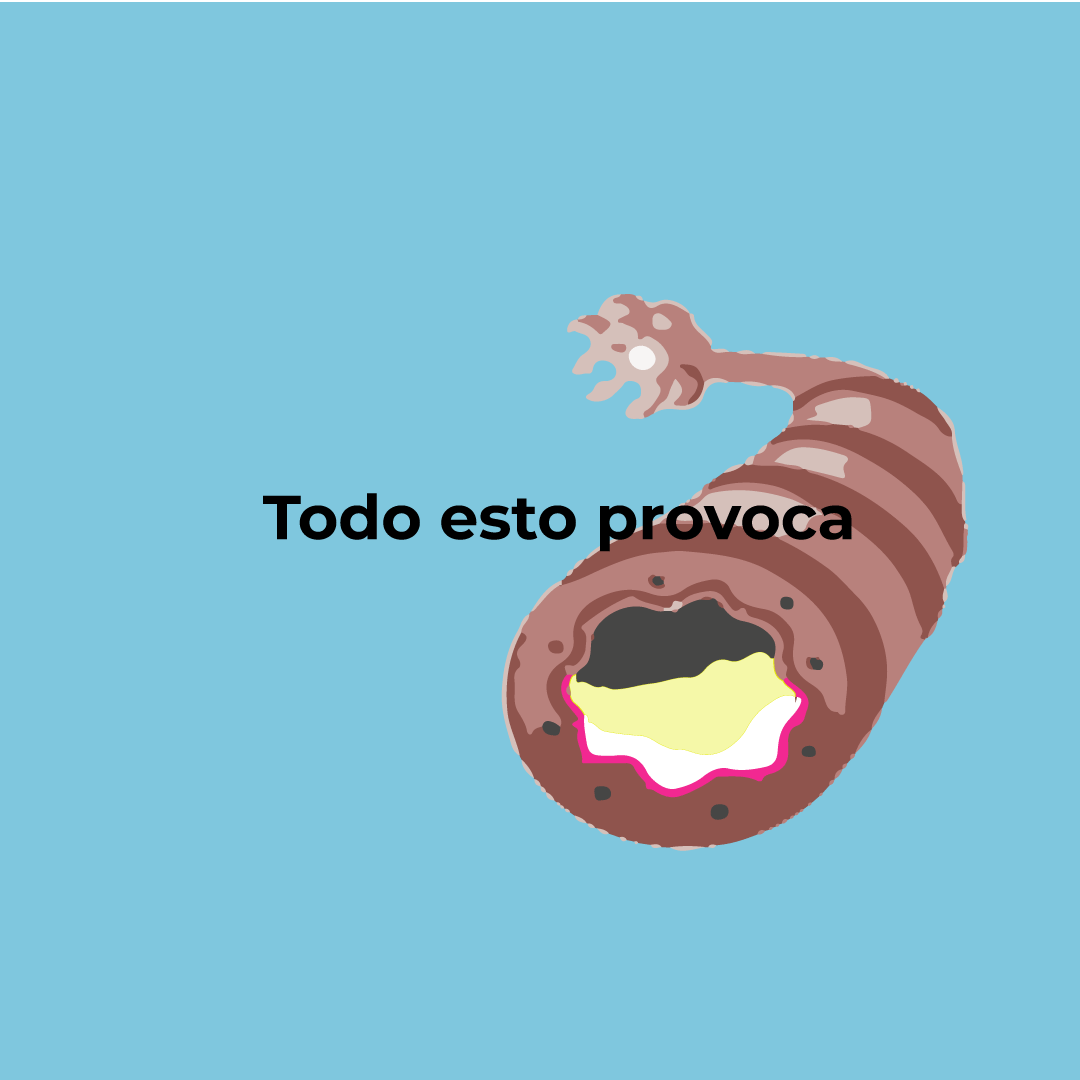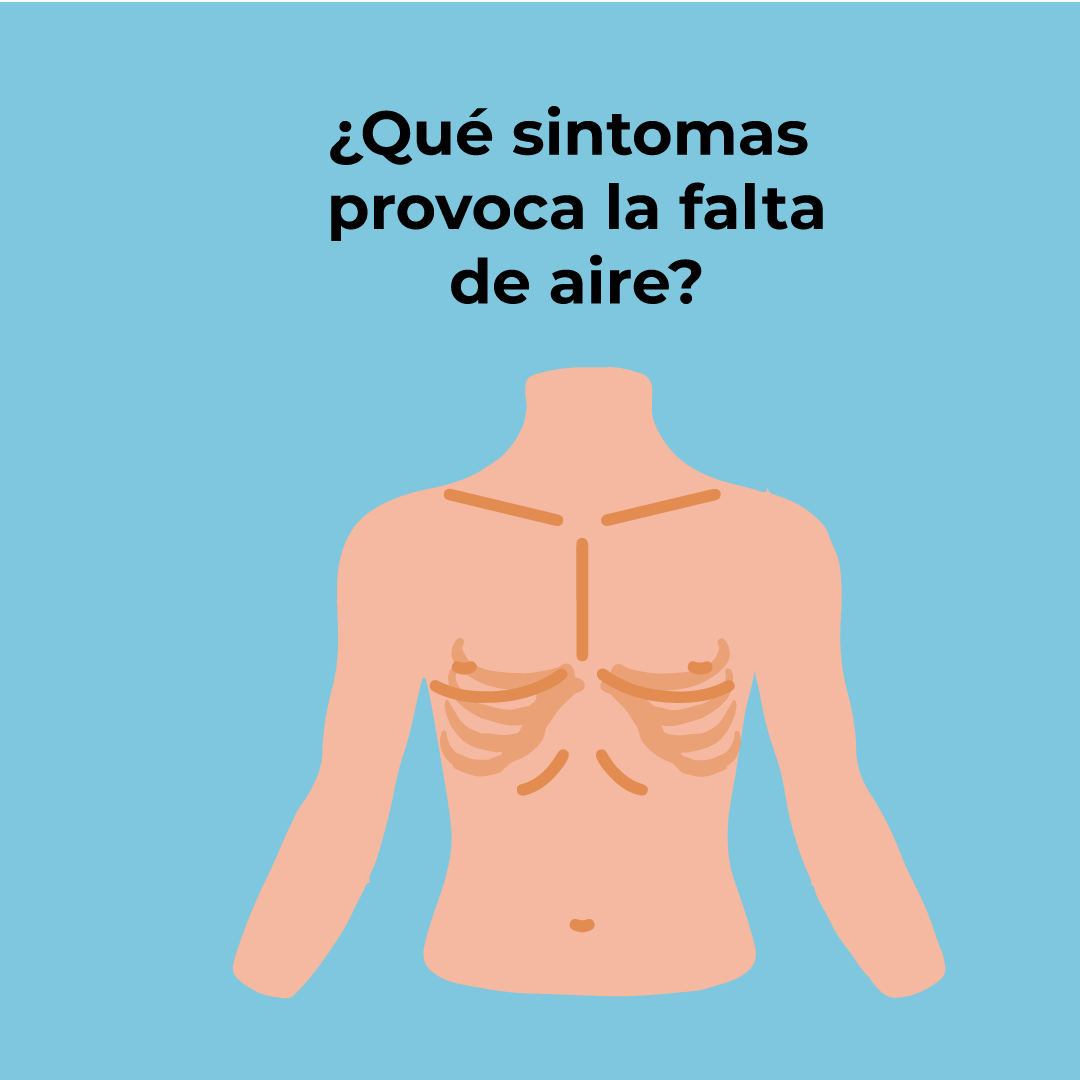Hola amigos de Hive, quiero compartirles mi visión de "Aprender juntos" la medicina, soy María médico cirujano y en mi formación he aprendido que muchas tragedias pasan con el desconocimiento por lo que quiero disminuirlo considerablemente siendo portavoz de información.
Quiero implementar mi habilidad artistica en la medicina para facilitar la introducción de la información, entonces les traigo esta charla ilustrada con imagenes de mi autoria hechas en adobe ilustrator cs6 y convertidas en GIF en adobe photoshop cs6.
El eslogan es "Aprendamos juntos" porque yo me instruyo para simplificar información compleja para ustedes y hacerla ver de manera sencilla y entendible y quiero enfocarme más que todo en enseñar; cuales son las enfermedades, como se contraen y se transmiten, cuales son los síntomas para que el paciente sepa cuando se esta enfermo, y sobretodo como prevenirla o mejorar la enfermedad en caso de que sea una patología de condición de vida. No quiero, ni es mi intención marearlos con escalas, ni tratamientos complicados a menos que crea que sea algo importante que la población general deba saber. Quiero enfocarme en la prevención y en el diagnóstico oportuno de la enfermedad, espero esta información les sea de ayuda.
¿QUÉ ES ASMA?
Hello friends of Hive, I want to share my vision of "Learning medicine together", I am María, a surgeon and in my training I have learned that many tragedies happen with ignorance, so I want to reduce it considerably by being an information spokesperson.
I want to implement my artistic ability in medicine to facilitate the introduction of information, so I bring you this illustrated talk with images of my authorship made in Adobe Illustrator CS6 and converted into GIFs in Adobe Photoshop CS6.
The slogan is "Let's learn together" because I instruct myself to simplify complex information for you and make it look simple and understandable and I want to focus more than anything on teaching; what are the diseases, how they are contracted and transmitted, what are the symptoms so that the patient knows when he is sick, and above all how to prevent or improve the disease in case it is a life condition pathology. I don't want to, nor do I intend to make you dizzy with scales, or complicated treatments unless I think it's something important that the general population should know about. I want to focus on prevention and timely diagnosis of the disease, I hope this information will help you.
WHAT IS ASTHMA?


El asma se entiende, cada vez más, como un síndrome, una etiqueta que engloba a los pacientes que presentan signos y síntomas recurrentes provocados por una obstrucción variable de la vía aérea inferior, tales como respiración ruidosa y dificultosa, opresión torácica y tos, que varían en el tiempo y en intensidad.
Un síndrome es una variedad de signos y síntomas que juntos nos orientan a pensar en una enfermedad, en el caso del asma son los signos anteriormente dichos de tos seca, dificultad para respirar, opresión torácica, que generalmente se presenta en la edad preescolar y tiene una estrecha relación con desencadenantes de tipo alérgicos, es una enfermedad respiratoria de las vías aereas superiores (que no afecta los pulmones en sí, si no los bronquios y sus ramas)
Asthma is increasingly understood as a syndrome, a label that encompasses patients who have recurrent signs and symptoms caused by variable lower airway obstruction, such as noisy and labored breathing, chest tightness, and cough, which They vary in time and intensity.
A syndrome is a variety of signs and symptoms that together lead us to think of a disease, in the case of asthma they are the aforementioned signs of dry cough, shortness of breath, chest tightness, which generally occurs in preschool age and has a close relationship with allergic-type triggers, it is a respiratory disease of the upper airways (which does not affect the lungs themselves, but rather the bronchi and their branches)

Entonces si conocemos una persona con asma como este presonaje, sería una persona que suele tener clínica respiratoria, pero que generalmente no cursa con ellos todos los días, hay días que se encuentra bien y otros no tanto, para dar un tratamiento a esta condición se clasifica el paciente asmático según la cantidad de signos y síntomas que él tenga y también, su frecuencia a visitar al hospital, la limitación que deja la enfermedad en su vida diaria, y su función pulmonar.
En el asma ocurre un atrapamiento del aire, ya que el aire suele encontrarse adentro de los pulmones cuando los bronquios se cierran, no permite al aire salir y hace lo que los médicos llamamos patrón obstructivo pulmonar, que en el asma se revierten con fármacos como el salbutamol o cualquiera de sus familias ( fármacos b2 agonistas)
Un asmático intermitente es el que menos síntomas tiene, suele tener síntomas menos de 2 veces por semana, de la misma manera necesita usar medicamentos de emergencia menos de 2 veces por semanas. Tiene menos de 2 síntomas nocturnos al mes, la enfermedad no límita su vida, y tiene una función pulmonar mayor del 80%. No tiene consultas de emergencia por crisis (no tiene exarcerbación de su enfermedad)
Un asmático persistente leve, suele tener síntomas más de 2 veces por semana, de la misma manera necesita usar medicamentos de emergencia más de 2 veces por semanas. Tiene más de 2 síntomas nocturnos al mes, tiene leve límitación en su vida diaria, y tiene una función pulmonar mayor del 80%, puede tener una hospitalización o consulta de emergencia al año (tiene exarcerbación de su enfermedad)
Un asmático persistente moderado, tiene síntomas diarios, de la misma manera necesita usar medicamentos de rescate también diario. Tiene más de 1 vez a la semana de síntomas nocturnos, con bastante límitación en su vida diaria, y una función pulmonar alterada y disminuida mayor del más del 60% pero menor del 80%, con mñas de dos hospitalización o consulta de emergencia al año (tiene exarcerbación de su enfermedad)
Y por último el asmatico persistente grave es aquel que tiene síntomas varias veces el mismo día, y síntomas nocturnos frecuentes, no mejora con el medicamento de rescate y tiene bastante límitación en su vida diaria, una capacidad pulmonar enormemente disminuida, menor al 60%, y más de dos exarcerbaciones anuales.
Es decir un asmático no es aquel que tuvo una crisis de dificultad respiratoria en una ocación, parta él ser asmático debe cursar en varias ocasiones con los síntomas como minimo.
Factores de riesgo
So if we know a person with asthma like this character, it would be a person who usually has respiratory symptoms, but who generally does not attend with them every day, there are days that he is well and others not so much, to treat this condition classifies the asthmatic patient according to the number of signs and symptoms that he has and also, his frequency to visit the hospital, the limitation that the disease leaves in his daily life, and his lung function.
In asthma air trapping occurs, since the air is usually inside the lungs when the bronchi close, it does not allow air to escape and causes what doctors call pulmonary obstructive pattern, which in asthma are reversed with drugs such as salbutamol or any of its families (β2 agonist drugs)
An intermittent asthmatic is the one with the fewest symptoms, they usually have symptoms less than 2 times a week, in the same way they need to use emergency medications less than 2 times a week. He has fewer than 2 nocturnal symptoms per month, the disease is not life-limiting, and he has lung function greater than 80%. He does not have emergency consultations due to crisis (he does not have an exacerbation of his illness)
A mild persistent asthmatic usually has symptoms more than 2 times a week, in the same way he needs to use emergency medications more than 2 times a week. Has more than 2 nocturnal symptoms per month, has a slight limitation in his daily life, and has a lung function greater than 80%, may have one hospitalization or emergency consultation per year (exacerbation of his disease)
A moderate persistent asthmatic has daily symptoms, in the same way he needs to use daily rescue medications as well. Has nocturnal symptoms more than 1 time a week, with considerable limitation in daily life, and impaired and decreased lung function greater than 60% but less than 80%, with more than 2 hospitalizations or emergency consultations per year (has exacerbation of his illness)
And finally, the severe persistent asthmatic is the one who has symptoms several times the same day, and frequent nocturnal symptoms, does not improve with the rescue medication and has quite a limitation in his daily life, a greatly reduced lung capacity, less than 60%, and more than two annual exacerbations.
In other words, an asthmatic is not one who had a crisis of respiratory distress on one occasion, for him to be asthmatic he must attend on several occasions with at least the symptoms.
Risk factor's

El sexo: los varones parecen estar más predispuestos al asma infantil.
Los hijos con algún padre asmático tienen más probabilidad de padecer asma. Esta asociación puede estar mediada por factores genéticos, pero también ambientales en los que la persona estuvo expuestos ya sea en su periodo neonatal como en su infancia temprana.
Sex: males seem to be more predisposed to childhood asthma.
Children with an asthmatic parent are more likely to have asthma. This association may be mediated by genetic factors, but also environmental factors in which the person was exposed, either in their neonatal period or in their early childhood.

La atopia, (Se define como el carácter hereditario de una persona a presenta reacciones alérgicas con una frecuencia elevada.) la presencia de ésta, en los pacientes o de sus familiares aumenta la probabilidad de tener asma. La sensibilización a alérgenos durante la infancia se ha demostrado como un importante factor de riesgo de padecer enfermedades alérgicas y a su vez de tener asma. La atopia se relaciona también con la gravedad del asma y con la persistencia de los síntomas más allá de la infancia, especialmente si es precoz y con polisensibilización.
La exposición al tabaco desde edades muy tempranas aumenta la probabilidad de tener asma.
Atopy, (It is defined as the hereditary character of a person to present allergic reactions with a high frequency.) the presence of this, in patients or their relatives increases the probability of having asthma. Sensitization to allergens during childhood has been shown to be an important risk factor for allergic diseases and, in turn, for asthma. Atopy is also related to the severity of asthma and the persistence of symptoms beyond childhood, especially if it is early and with polysensitization.
Exposure to tobacco from a very young age increases the chance of having asthma.

Diversos acontecimientos nocivos durante la gestación y el periodo neonatal, y la infancia temprana, pueden aumentar la probabilidad del niño a tener asma.
Various harmful events during pregnancy and the neonatal period, and early childhood, can increase the probability of the child to have asthma.

La presencia de la obesidad aumenta el riesgo de tener asma.
El régimen de vida occidental, con una marcada higiene y con la reducción del contacto con partículas y sustancias de origen, también se ha considerado como una posible causa del aumento de la frecuencia del asma y las enfermedades alérgicas. Esta hipótesis, denominada de la higiene, postula que la reducción de los estímulos antigénicos propios del ambiente en el niño pequeño impediría la adecuada maduración del sistema inmune y propiciaría su desviación a una respuesta alérgica.
The presence of obesity increases the risk of having asthma.
The Western lifestyle, with marked hygiene and reduced contact with particles and substances of origin, has also been considered as a possible cause of the increased frequency of asthma and allergic diseases. This hypothesis, called hygiene, postulates that the reduction of the antigenic stimuli of the environment in the young child would prevent the adequate maturation of the immune system and would favor its deviation to an allergic response.

FISIOPATOLOGÍA. ¿Qué ocurre en el asma?
PATHOPHYSIOLOGY. What happens in asthma?

¿Por qué ocurre toda la clínica del asma?
Existe una alteración de los linfocitos T, existiendo un aumento de los sus linfocitos TH2, esto ocurre luego de la presencia de un alérgeno que estimula su aumento, esto se traduce en una inflamación de las vías aéreas, que activan a los linfocitos B y a su vez aumenta los anticuerpos IgE secretando diversas interleucinas (IL-4, IL-5 e IL-13) y liberando distintos mediadores (histamina, prostaglandinas, leucotrienos, etc.), que contribuirían a la inflamación y sintomatología.
Esto provoca que los bronquios se estrechen y se acumule líquido, en este caso se acumula moco, y complica el paso del aire a los pulmones.
TODO ESTO PROVOCA
Why does the whole asthma clinic occur?
There is an alteration of the T lymphocytes, with an increase in their TH2 lymphocytes, this occurs after the presence of an allergen that stimulates their increase, this translates into an inflammation of the airways, which activates the B lymphocytes and their In turn, it increases IgE antibodies by secreting various interleukins (IL-4, IL-5 and IL-13) and releasing different mediators (histamine, prostaglandins, leukotrienes, etc.), which would contribute to inflammation and symptoms.
This causes the bronchial tubes to narrow and fluid to accumulate, in this case mucus accumulates, and complicates the passage of air to the lungs.
ALL THIS CAUSES

Signos y síntomas.
Tos, sibilancias y dificultad respiratoria.
El primer síntoma es la tos, como un alérgeno entra en las vías aéreas y las irrita, el cuerpo intenta por todos los medios sacarlo afuera y lo hace tosiendo.
La tos es un reflejo para expulsar toda sustancia extraña afuera de los pulmones.
Como el aire no entra a las vías respiratorias, todos los músculos de la caja torácica se sobre esfuerzan para permitir la entrada de aire y se evidencian signos de dificultad respiratoria.
Los músculos del tórax que se encuentra entre las costillas se contraen (Tiraje intercostal), se evidencia un mayor esfuerzo del diafragma para respirar, y un uso de la musculatura del cuello (Uso de musculatura accesoria). Así como también se ve que las narinas que se ensanchan en busca de aire (entrada de las fosas nasales) se abren más como en busca de aire (aleteo nasal).
Como agregados respiratorios, en la auscultación se pueden escuchar sibilantes, que no es más que el sonido que hace el aire al pasar por un “tubo” estrecho (vía aérea estrecha) provoca el sonido de los sibidos.
Signs and symptoms.
Cough, wheezing and shortness of breath.
The first symptom is coughing, as an allergen enters the airways and irritates them, the body tries by all means to get it out and does so by coughing.
Coughing is a reflex to expel any foreign substance out of the lungs.
As the air does not enter the respiratory tract, all the muscles of the rib cage overexert themselves to allow air to enter and signs of respiratory distress are evident.
The muscles of the thorax between the ribs contract (intercostal retraction), a greater effort of the diaphragm to breathe is evident, and a use of the neck muscles (Use of accessory muscles). Just as it is also seen that the nostrils that widen in search of air (entrance of the nostrils) open more as in search of air (nasal flaring).
As respiratory aggregates, wheezing can be heard on auscultation, which is nothing more than the sound made by air passing through a narrow "tube" (narrow airway) causing the sound of wheezing.

Ahora que sabemos que es el asma lo importante es la ayuda a las personas que tienen o sufren de asma a como prevenir o ayudar en sus crisis.
Primero que todo para los padres de niños asmaticos, la casa debe estar limpia de alérgenos, no debe tener polvo, los aires acondicionados deben estar limpios, los olores fuertes deben evitarse, así como los detergentes,perfumenes. En tiempos de primavera,el polén es causa de alérgias, mantener alejados a las cucarachas, limpiar las sabanas y cobijas para que no tengas ácaros, evitar estar cerca de personas que fumen y no fumar. Solo si los animales le causan alérgias mantenerlo lejos de su pelaje (no a todos les causa alérgias las mismas cosas.)
La prevención se basa en evitar las cosas que le dan alérgia a las personas. Asi como también tener una dieta hipoalérgenica, evitar el uso de colorantes en comidas, comidas rápidas, chocolates y dulces procesados.
Evitando la atopía evitas los desencadenantes de una crisis asma.
NO FUMES. AYUDA AL AMBIENTE Y A UN ASMÁTICO.
DESEO QUE MI INFORMACIÓN SEA DE AYUDA.
Now that we know what asthma is, the important thing is to help people who have or suffer from asthma how to prevent or help in their crises.
First of all for parents of asthmatic children, the house must be clean of allergens, it must not have dust, air conditioners must be clean, strong odors must be avoided, as well as detergents, perfumes. In springtime, pollen is a cause of allergies, keep cockroaches away, clean sheets and blankets so you don't have mites, avoid being near people who smoke and don't smoke. Only if you are allergic to animals, keep it away from your fur (not everyone is allergic to the same things.)
Prevention is based on avoiding things that give people allergies. As well as having a hypoallergenic diet, avoid the use of dyes in foods, fast foods, chocolates and processed sweets.
By avoiding atopy you avoid the triggers of an asthma crisis.